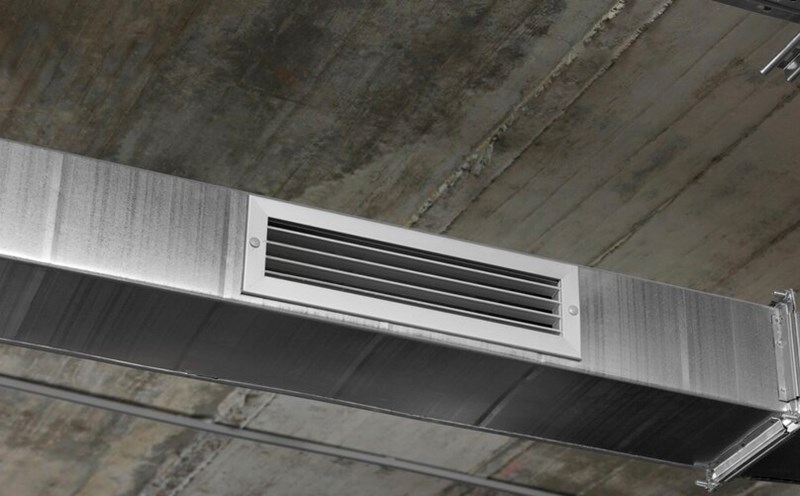How to save electricity
In the summer, air conditioners become an indispensable device in many families and offices. However, setting a temperature too low not only causes electricity bills to skyrocket but also poses many potential health risks.
According to the World Health Organization (WHO), the ideal temperature when using air conditioners is from 26 - 28 degrees Celsius, combined with an air humidity of 40 - 60%. This is the heat area that helps the body adapt well, limiting heatstroke when entering and leaving the refrigeration room, while optimizing electricity consumption.
Many people have the habit of reducing temperatures as low as possible to cool quickly, but this is not effective, said David Owen, an energy engineering research fellow at the University of Cambridge. The air conditioner's compressors do not cool faster when set to a low temperature - it only makes the air conditioner work longer and consumes more electricity."
Health effects
In addition to the problem of electricity consumption, using air conditioners incorrectly can cause many health consequences such as sore throat, dry skin, dry eyes, headaches and even reduced resistance, especially for young children, the elderly and people with underlying diseases.
The huge temperature difference between indoor and outdoor rooms can cause heatstroke, summer colds and respiratory problems. The difference should be kept at about 5 - 8 degrees Celsius to ensure safety.
Tips for using air conditioners properly
To effectively use air conditioners, users should:
- Set the temperature at 26 - 28°C.
- Use "dry" mode on hot days.
- Combine with a fan to circulate the air.
- Do not sit directly in the cold air.
- turn off air conditioners 15 - 30 minutes before going out in the hot weather.











